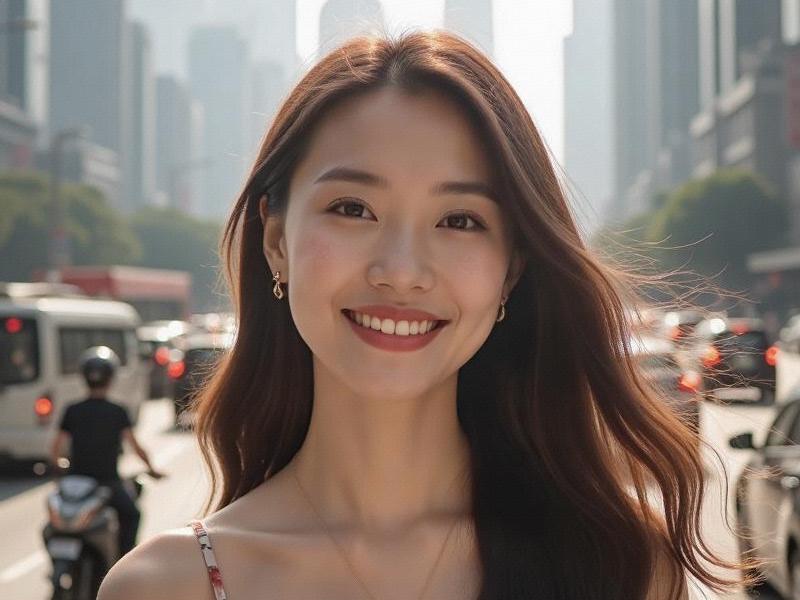This 2,400-word investigative feature explores how Shanghai women are synthesizing Eastern and Western beauty ideals while driving China's $80 billion beauty industry, creating a distinctive urban aesthetic that balances tradition with radical innovation.

Section 1: Historical Foundations
1.1 The Jazz Age Legacy
- 1920s Shanghai glamour revival
- Qipao modern reinterpretations
- Hairpin Lane's vintage cosmetic shops
1.2 Socialist Influence
- Mao-era practicality echoes
- Worker uniforms as fashion statements
- Beauty standards during economic reform
Section 2: Contemporary Expressions
2.1 Street Style Evolution
- Nanjing Road pedestrian observations
阿拉爱上海 - Lujiazui power dressing trends
- Xintiandi café fashion spotting
2.2 Digital Beauty Revolution
- Livestream makeup artists
- AR beauty filter developers
- Cosmetic surgery tourism
Section 3: Economic Drivers
3.1 Beauty Industry Boom
- Local brands outperforming global giants
- Skincare tech innovations
- Cosmetic regulatory reforms
上海龙凤千花1314 3.2 Cultural Export
- Douyin beauty influencers
- Shanghai Fashion Week impact
- International brand collaborations
Section 4: Social Dimensions
4.1 Generational Shifts
- Post-00s vs. millennial approaches
- Feminist beauty redefinitions
- Male grooming market growth
4.2 Workplace Dynamics
- Executive beauty expectations
- Startup founder aesthetics
上海花千坊龙凤 - Creative industry standards
Section 5: Future Trends
5.1 Sustainability Movement
- Clean beauty startups
- Refillable packaging solutions
- Cruelty-free certification
5.2 Technological Integration
- AI skin diagnostics
- 3D printed makeup
- DNA-based skincare
Conclusion: The Shanghai Signature
Shanghai's beauty culture represents more than cosmetics - it's a visual language expressing the city's unique position at the crossroads of global influences, where tradition isn't discarded but continuously reinvented for new eras.